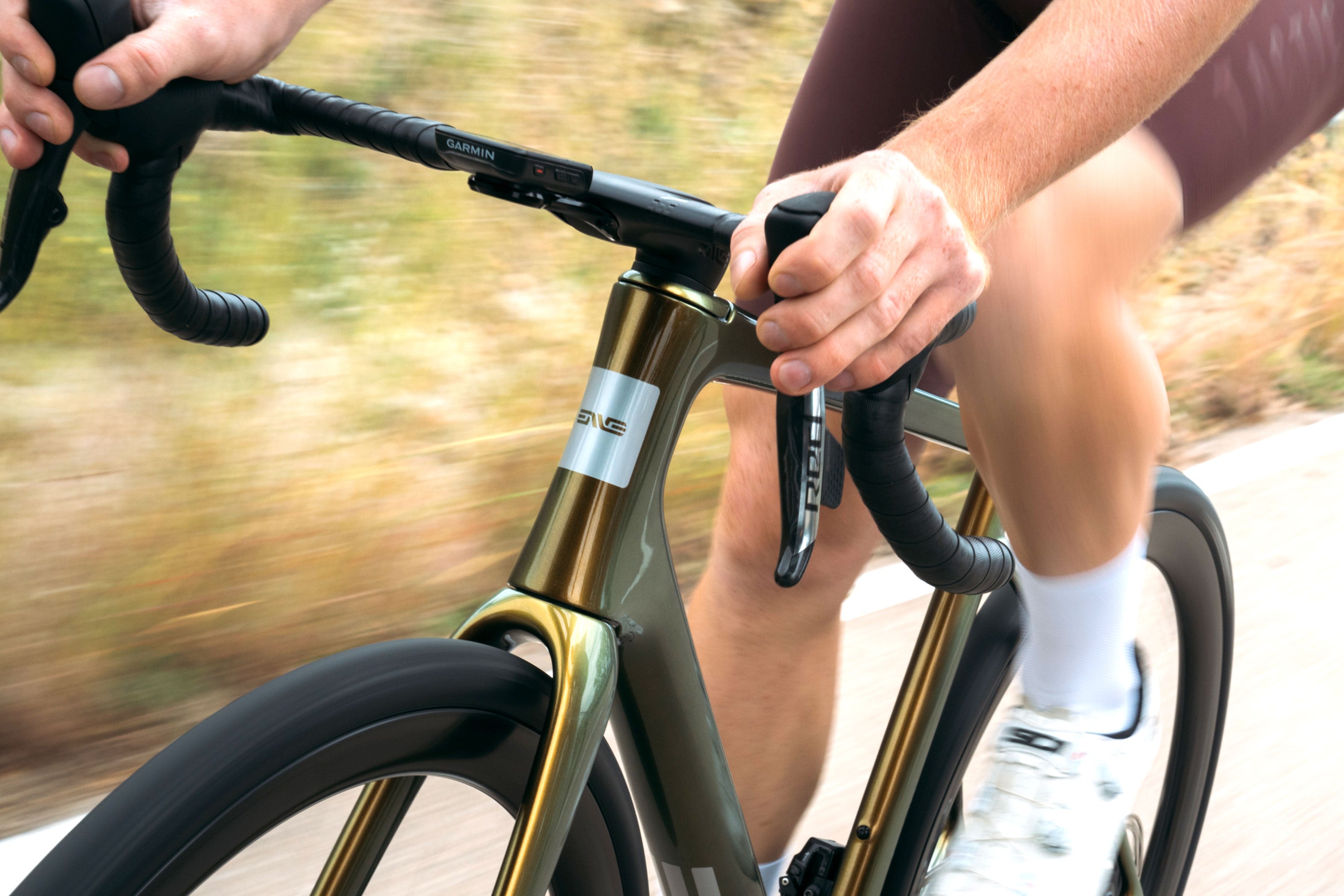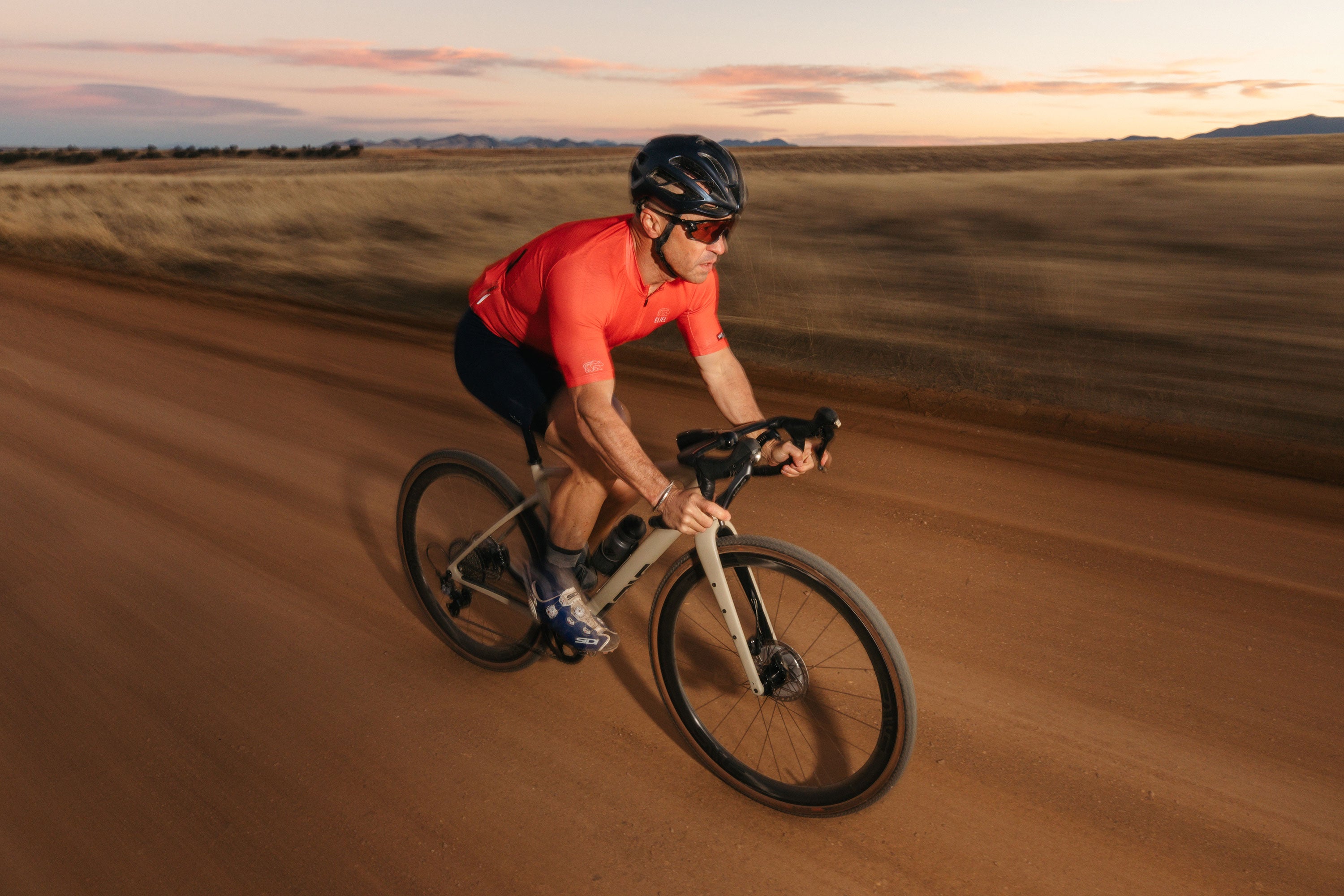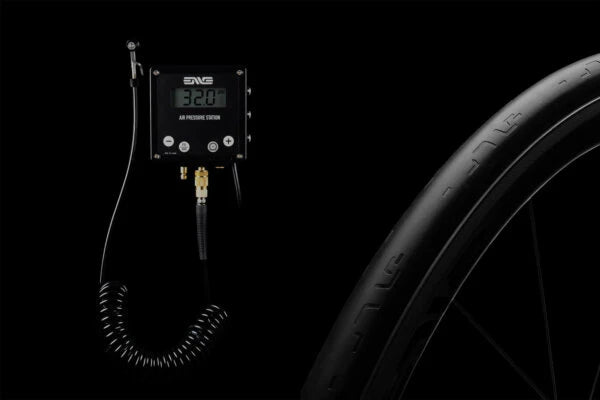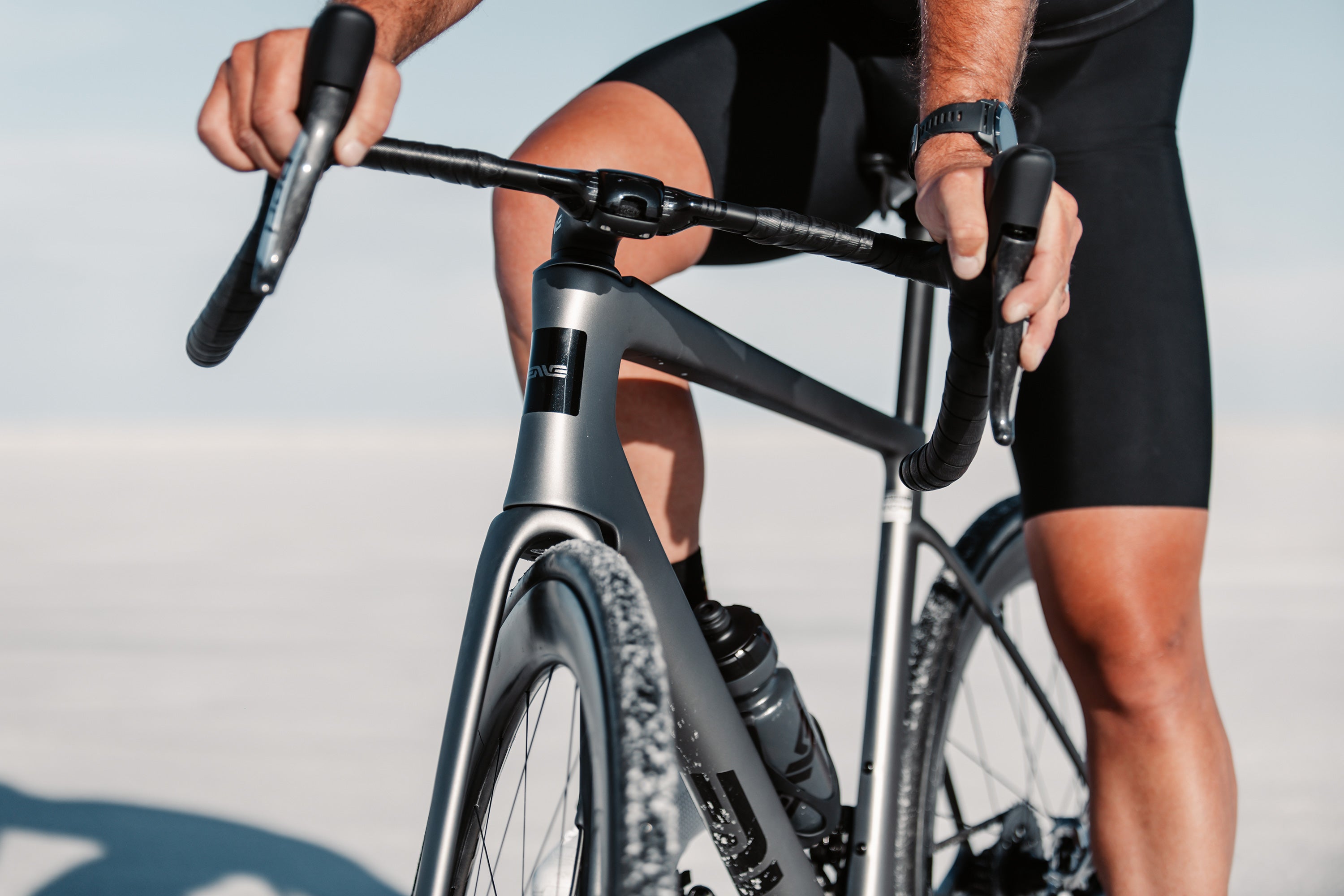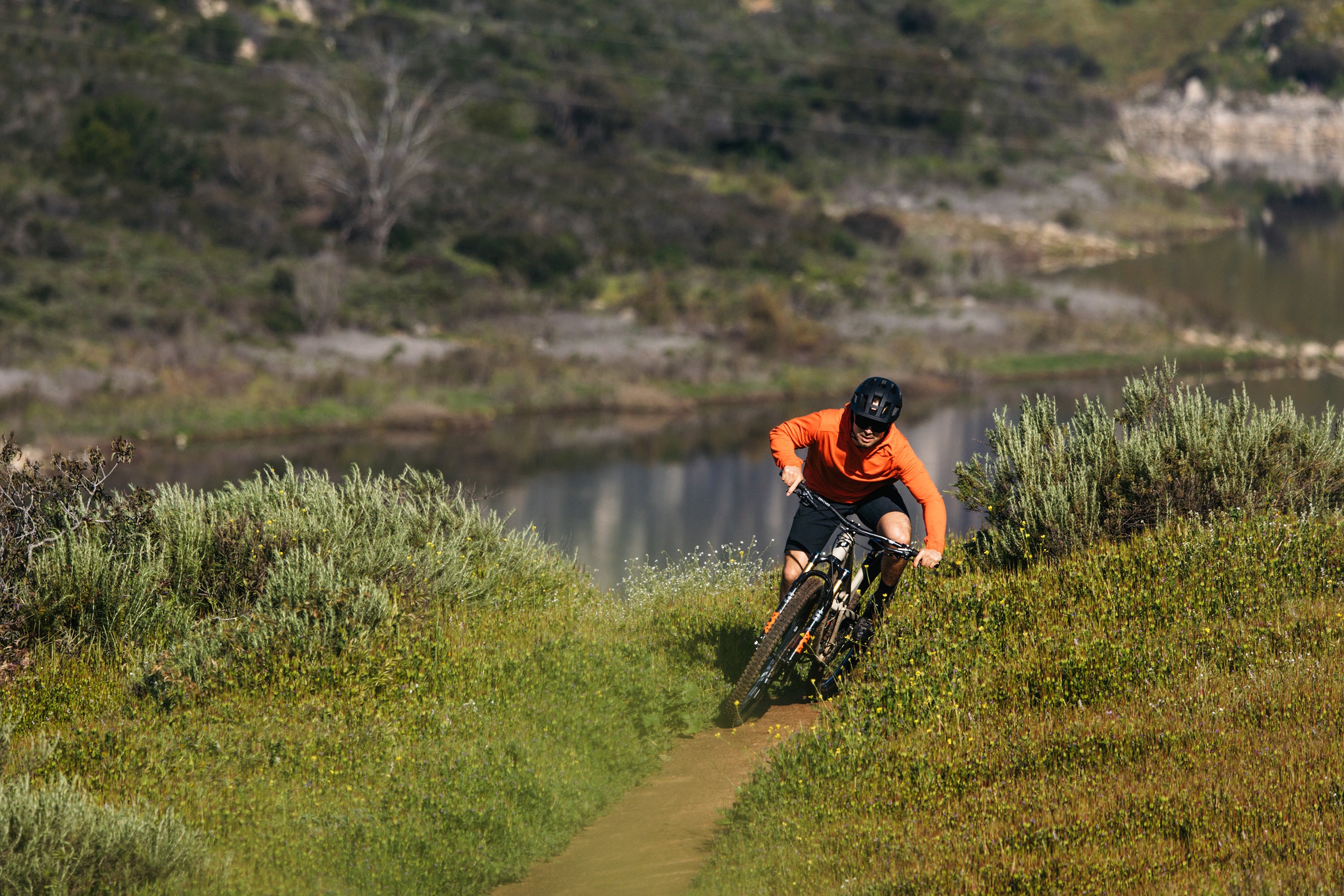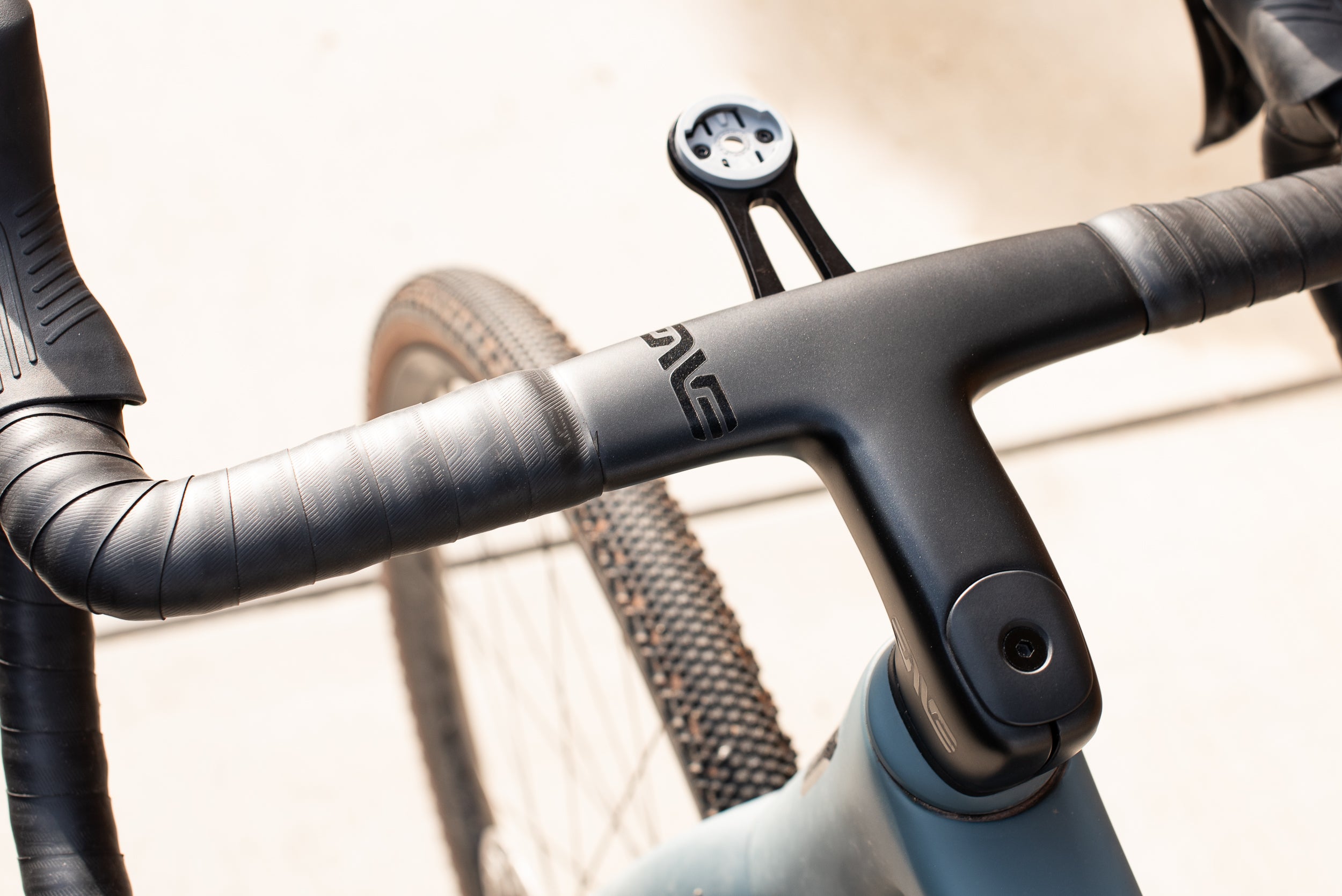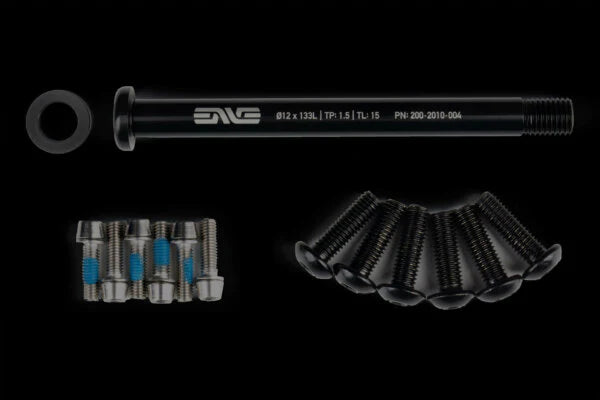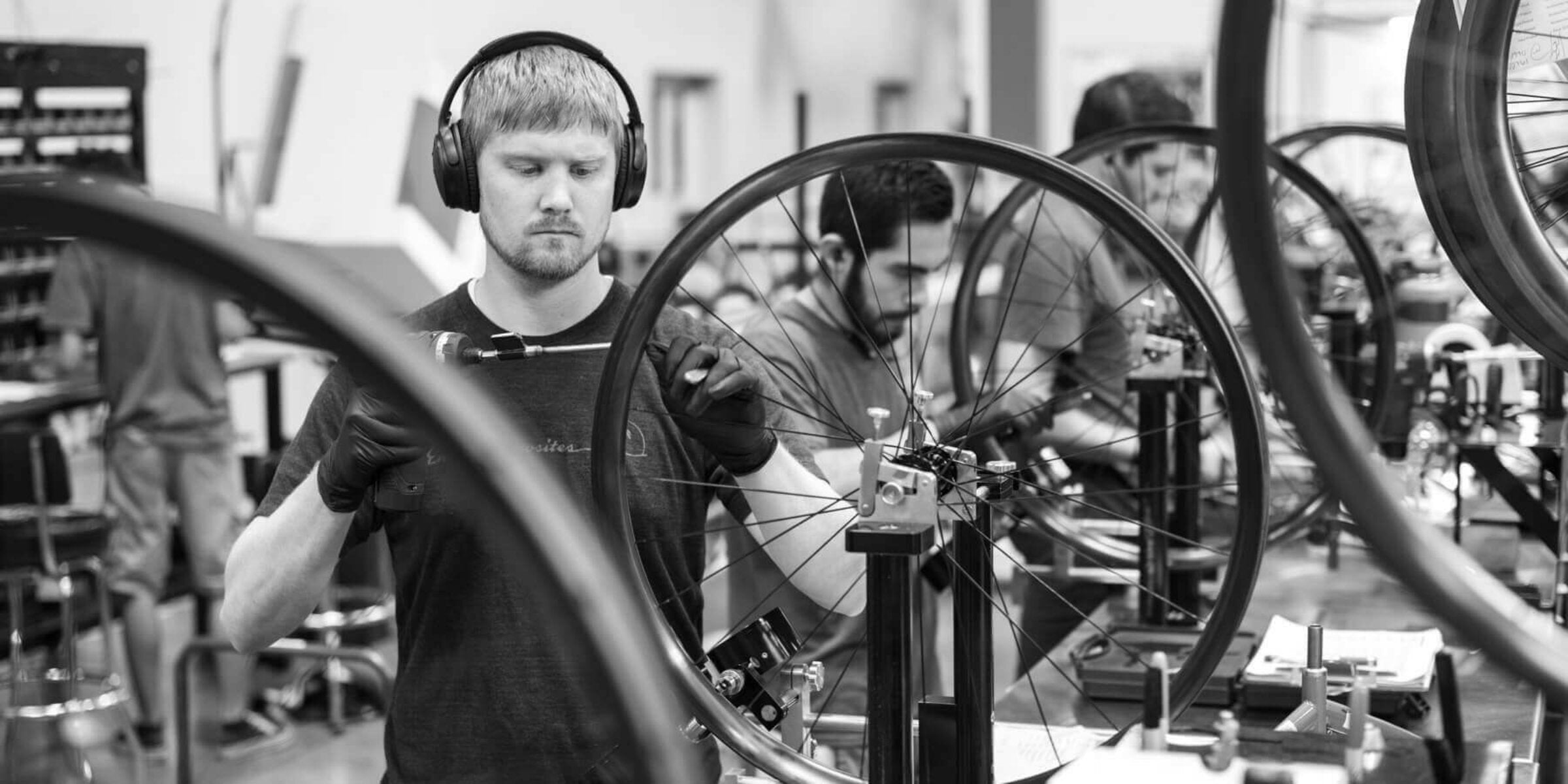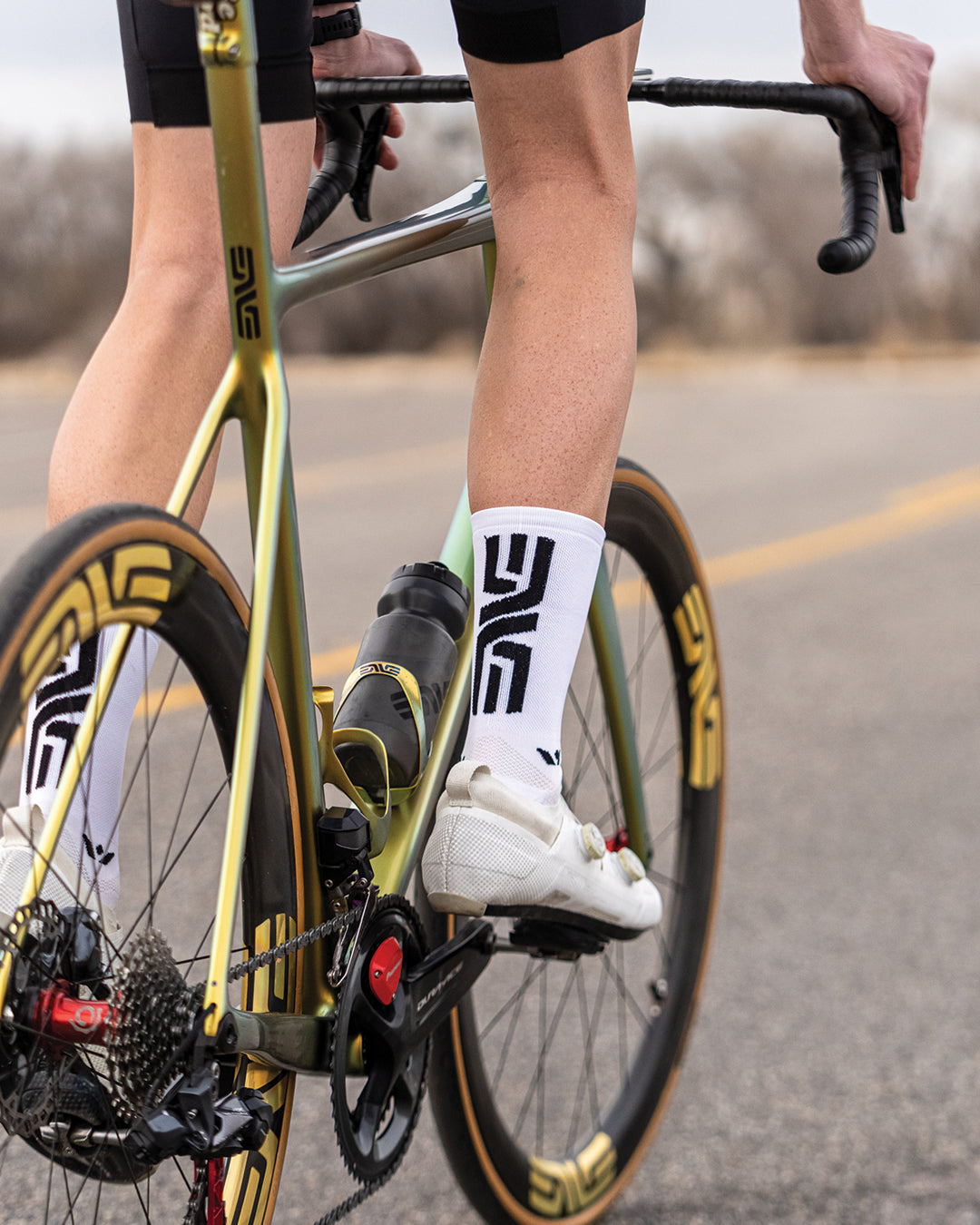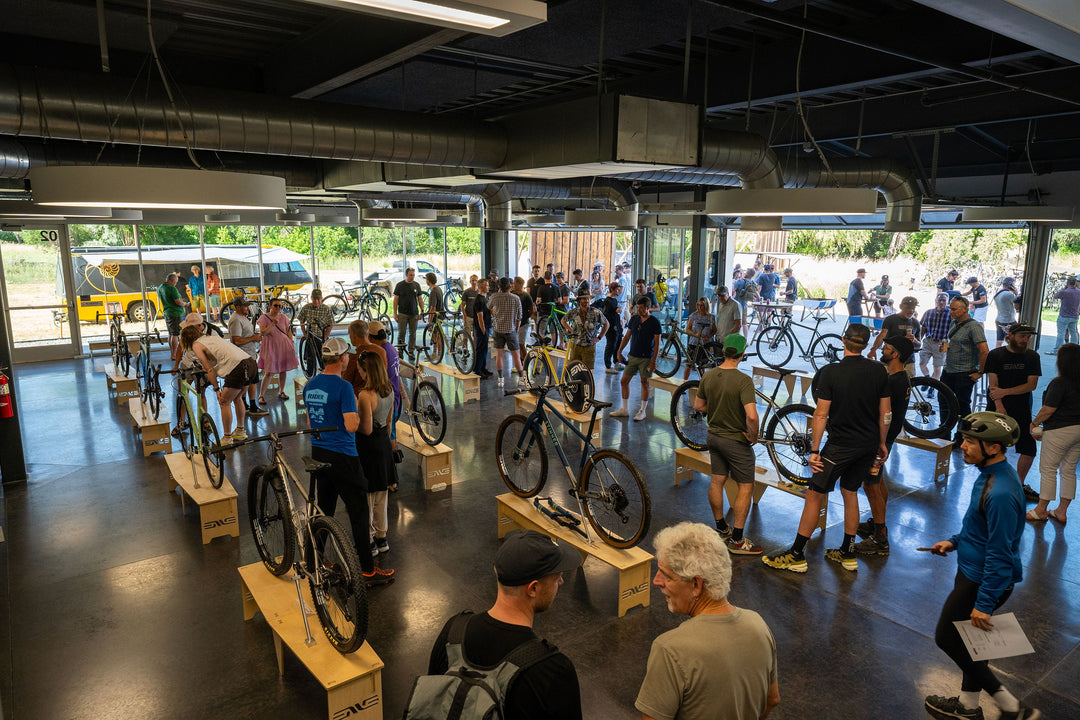SIMON SMART: ARCHITECT OF THE AERO REVOLUTION
Simon Smart, the British engineering expert, is synonymous with cycling aerodynamics. From Formula One race tracks to the forefront of bicycle innovation, his career is a testament to relentless curiosity and precision. As a key figure behind the ENVE SES (Smart ENVE System) wheels, Smart has redefined how speed, stability, and ride quality converge in modern cycling.
FROM F1 TO PEDAL POWER
Smart’s journey began with a childhood dream: “I always wanted to work in Formula One, to be a great engineer.” He realized that ambition in 1990, starting at Reynard, a race car constructor, before moving to Jordan Grand Prix to focus on suspension development. Later, at the teams that evolved into Red Bull F1, he transitioned into aerodynamics. A pivotal insight reshaped his perspective: “Suspension exists to serve aerodynamics. That realization changed everything.”
His F1 tenure included wind tunnel design and trackside car development. Yet, as motorsport became an all-consuming grind, Smart sought a new challenge. Cycling, a personal passion, beckoned. While staying fit by riding at race tracks, he began experimenting. In 2002, he and a colleague mounted a bicycle in a wind tunnel—a bold move when only whispers of similar tests, like those involving Steve Hed and Lance Armstrong, existed.
“Cycling was a vast, untapped frontier,” Smart recalls. “Compared to F1, the industry was decades behind. The potential was irresistible.” In 2007, after 17 years in motorsport, he left F1 to chase speed on two wheels.
THE GENESIS OF SES
In 2007, ENVE (at the time EDGE) had just launched the brand and was gaining rapid adoption with its associated technologies that elevated the structural efficiency and durability of a carbon rim. However, after a few Ironman expos and a trip to the San Diego wind tunnel, it was clear that the aerodynamics of the rim shapes were lacking. Without an in-house expert on the topic, ENVE set out to find an expert in aerodynamics to partner with. With a commitment to US manufacturing and a team of in-house composites experts already assembled, ENVE was positioned to make waves in the industry. The rest is history.
In 2009, Smart visited Ogden, Utah, home of ENVE. “We went mountain biking at Snowbasin, and that’s when the vision took shape: How do we elevate ENVE to dominate road cycling?” The answer was the Smart ENVE System (SES), a groundbreaking approach to wheel design.
Historically, wheel brands had relied on a single mold to deliver both the front and rear rim shapes. The reasons for this range from cost-cutting measures to the reality of the limitations of the industry's understanding of aerodynamics as related to cycling., ENVE started from scratch. “If we’re doing this, we’re doing it right,” Smart insisted. The team questioned every assumption, prioritizing real-world performance over chasing isolated wheel-only aerodynamic gains. The result? SES wheels, with distinct front and rear rim profiles, are optimized for stability, handling, and speed.

INCREASED SPEED THROUGH STABILITY
Smart’s engineering philosophy is rooted in pragmatism. Aerodynamics matter, but so does a rider’s ability to sustain position and control. “In the early 2010s, deep rims scared people,” he explains. “Riders didn’t trust their handling.” To address this, Smart leveraged his F1 connections to gain exclusive access to one of the Mercedes-Petronas F1 Team's wind tunnels, where he developed specific instrumentation to understand crosswind stability by collecting data on the steering forces placed on the system.
The outcome was transformative. SES wheels, with their wider, shallower front rims and deeper, narrower rear rims, delivered predictable handling. “When a gust hits, an ENVE wheel naturally returns to center,” Smart says. “That’s by design.”



REAL-WORLD FAST, A SYSTEMS APPROACH
ENVE’s mantra, Real-World Fast, embodies Smart’s holistic vision. It’s not just about aerodynamics but also how wheels integrate with the bike, rider, and environment—factoring in weight, tire performance, crosswind behavior, steering torque, and ride feel. “Other brands touted wind tunnel data for a wheel alone,” Smart notes. “We tested the entire system: wheel, fork, frame, and rider.”
This approach exposed competitors’ shortcomings. “Their wheels might look faster on a datasheet, but in a real bike, SES outperformed them,” he says. The Smart ENVE System became a performance benchmark, proving that context is everything.
Using Simon’s philosophy, ENVE created the SES wheel line that ranged from the triathlon/ time trial-specific SES 6.7 to the all-around SES 4.5, which has become the most winning wheel in the World Tour. Most recently, the SES 4.5 PRO—a wheel developed directly with UAE Team Emirates - XRG—utilizes the key design elements Smart created more than 15 years ago. The SES 4.5 continues to be the king of the mid-depth wheel category.

THEN VS. NOW
In the early days, wind tunnel testing with riders was impractical—small drag differences were lost in the noise of human variability. Today, technology has closed that gap. “Now we can isolate the rider’s impact,” Smart says. “We chase finer margins, refining how equipment responds to human input.”
ENVE still leverages the Mercedes-Petronas F1 wind tunnel, but with sharper tools and richer data. “Our processes haven’t changed much since 2009,” Smart admits. “They’re just more precise, with deeper insights into what drives performance.”
THE RIDER’S EDGE
For Smart, numbers tell only half the story. “We test countless rim shapes in the tunnel, but then we ride them,” he says. “That feedback is critical.” No instrument can capture how a wheel feels when a crosswind gusts through a hedgerow. Only a rider can. “Stability breeds confidence,” Smart emphasizes. “That’s the soul of an ENVE wheel.”
This is especially critical when it comes to triathlon and time trials. We’ve all seen what happens on the Queen K during the Kona Ironman when crosswinds make certain wheels almost unrideable, or at least unmanageable in the aero bars. Stability creates confidence in handling to maintain the fastest position.
LOOKING AHEAD
ENVE’s commitment to innovation endures. The philosophy that Smart brought, along with ENVE’s world-class engineering team, continues to build upon the Real-World aerodynamics thesis that is more than a decade in the making.
Simon Smart’s legacy is wheels that don’t just cut through air but inspire riders to push harder, ride bolder, and feel faster. In a sport where seconds matter, his vision has made every moment count. As ENVE chases additional Grand Tour victories and a triathlon world championship title, it’s Simon’s SES Real-World Fast philosophy that leads the way in wheel performance.


